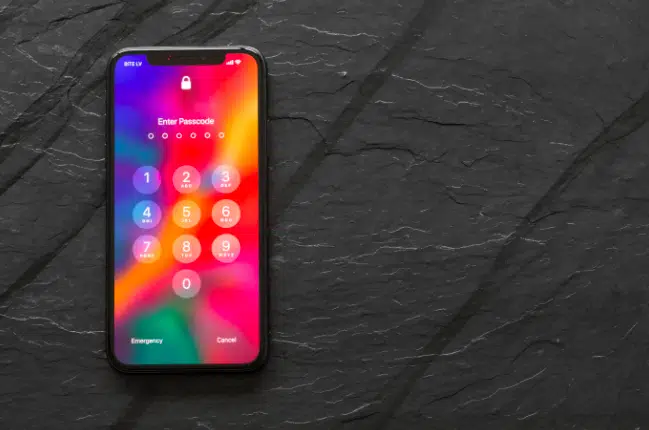Apple has introduced a new feature called “stolen device protection” in iOS 17.3, aiming to enhance the security of iPhones and safeguard sensitive data from thieves. The move comes in response to findings that thieves have been exploiting passcodes to gain unauthorized access to iPhones and related iCloud accounts. Previously, thieves would obtain passcodes by engaging in deceptive conversations, such as asking to add someone on Snapchat and then locking the phone when handed over.
With the stolen device protection feature enabled, certain actions on the iPhone will now require Face ID or Touch ID biometric authentication. These actions include accessing stored passwords and credit card information. Additionally, changing the Apple ID password, altering the passcode, and disabling stolen device protection will now involve a security delay. When attempting these actions, users are notified that they must wait for at least an hour before making critical changes, providing an opportunity for the device owner to remotely wipe the iPhone in case of theft.
The new security measure aims to mitigate the risk of unauthorized access, data breaches, and misuse of sensitive information stored on iPhones. By incorporating biometric authentication and introducing a security delay, Apple seeks to strike a balance between enhancing security and maintaining user convenience. Users can activate the stolen device protection feature in the iPhone settings under “Settings > Face ID & Passcode > Stolen Device Protection.” The move reflects Apple’s ongoing commitment to addressing potential vulnerabilities and strengthening the security features of its devices.

